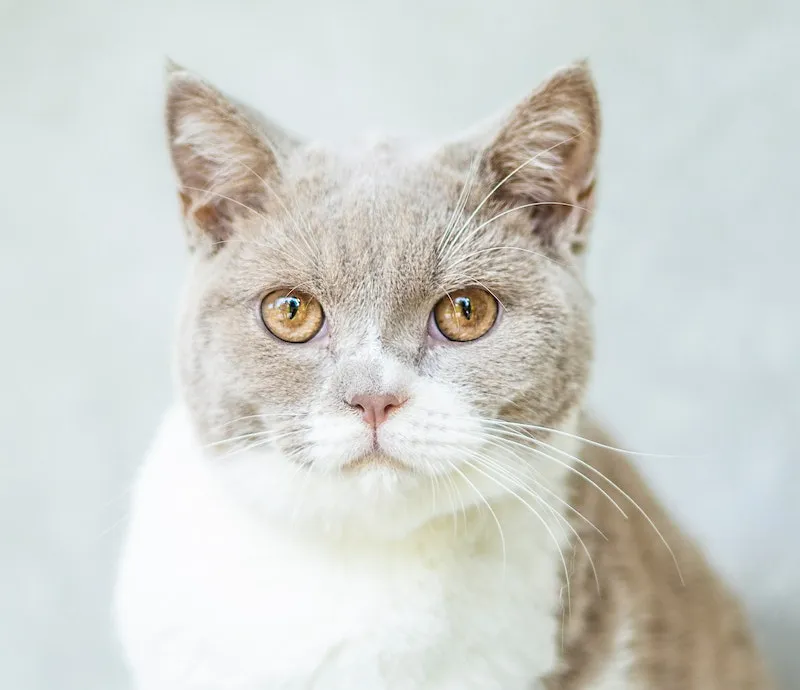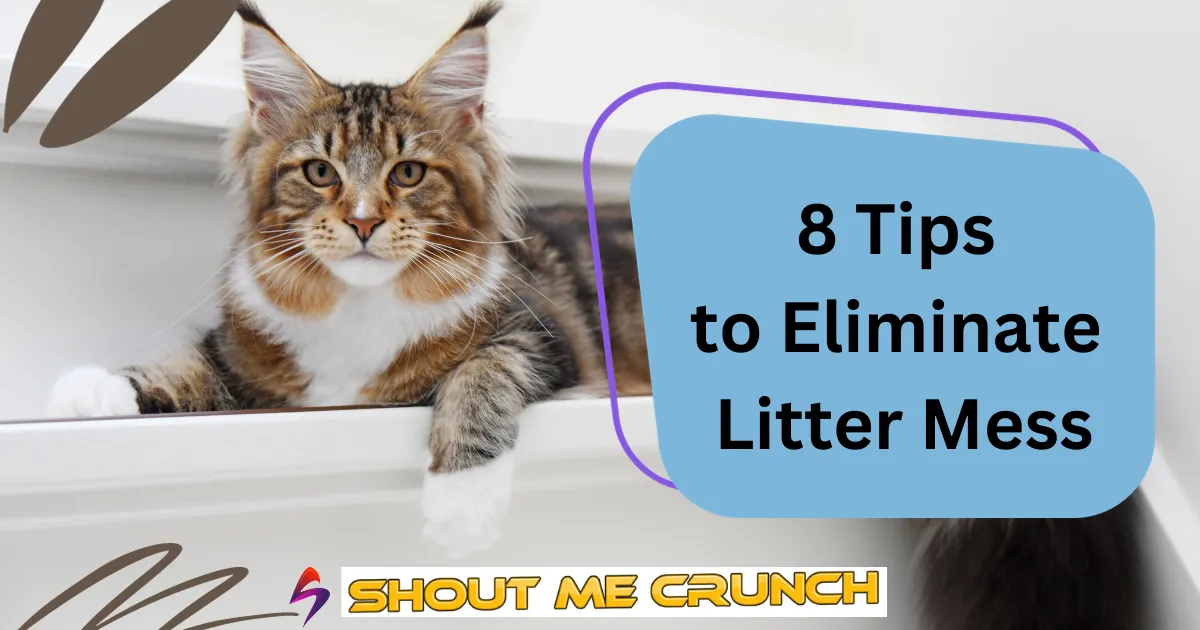For cat owners, there’s no denying the joy and companionship your feline friends bring into your lives. However, one less-than-joyful aspect of cat ownership is the constant battle against litter scatter. No matter how careful our kitties are, tiny bits of litter always find their way outside the box and into your living spaces. If you’re tired of constantly sweeping up litter, it’s time to change how things are done at home. You can start by researching various cat parent hacks to help you eliminate unwanted cat litter scatter.
How to make your home cleaner for you and your cat?
Dealing with unwanted litter scatter can be a frustrating aspect of cat ownership, but you can significantly reduce the mess with the right strategies and tools. Remember to choose an appropriate litter box, use the correct type of litter, and employ litter mats to capture stray particles. Regular maintenance and cleanliness are essential, and don’t forget to consider your cat’s comfort and preferences when implementing these hacks.
Additionally, offering positive reinforcement when your cat uses the litter box without making a mess can help increase good behavior and further minimize scatter. By taking these steps, you’ll enjoy a cleaner, more pleasant living space for you and your feline companion.
1. Choose the Right Litter Box
The first step in reducing litter scatter is selecting the correct litter box. Consider investing in a high sided litter box, specifically designed with taller sides to contain litter effectively and prevent it from being kicked or scattered out quickly. Look for a spacious box for your cat to move comfortably but with high sides to keep the litter contained.
Furthermore, some high-sided cat boxes have built-in ramps or steps, making it easier for older or less agile cats to access the box comfortably. These features can be especially beneficial for cats with mobility or joint problems.

2. Use the Right Type of Litter
Not all cat litter is created equal when it comes to scatter control. Opt for heavier, low-dust litters as they tend to stay put better, reducing the chances of litter being tracked around your home. Clumping litters are generally effective in keeping the litter within the box by forming solid clumps that are easy to scoop.
Experiment with different types of litter, such as silica gel or natural-based options, to find the one that works best for your cat and minimizes scatter, as individual cat preferences vary. Remember that some litters are also scented, which may appeal to you and your cat.
Read also The Magic of a Good Dog Bed
3. DIY Litter Box Solution
You should try DIY litter box solutions to keep your home clean and your cat happy. You can construct bespoke litter box enclosures that match the design of your home by repurposing existing furniture or containers.
These do-it-yourself ideas are imaginative and cost-effective methods to minimize litter dispersal and keep your cat’s environment clean. They also express your house design taste and dedication to your kitty companion. You may meet your cat’s wants and preferences by building your litter box furnishings.
4. Invest in a Litter Mat
Litter mats are an excellent tool in your battle against litter scatter. Placing a litter mat under or outside the litter box can help capture loose litter particles as your cat steps out. Ensure the mat is large enough to provide adequate coverage and has a textured surface that traps litter effectively.
Some litter mats are even designed with a waterproof backing to prevent liquid from seeping through, which can be especially useful if your cat tends to have accidents outside the box. These mats are easy to clean, making the maintenance of your litter area even more convenient.
5. Regularly Clean and Maintain the Litter Box
A clean litter box is less likely to cause dispersion problems. To keep your cat’s habitat fresh, scoop the box daily and change the litter regularly. Cleaning keeps the litter fresh and lowers the likelihood of litter adhering to the sides of the box and being tracked around your home.
During litter changes, cleaning out the inside of the box with a pet-safe disinfectant can also help avoid the buildup of odors and sticky residues. This simple routine upkeep will help keep your home cleaner and more comfortable for you and your cat.
6. Opt for a Covered Litter Box
If litter scatter remains a persistent problem, consider switching to a covered litter box. Covered boxes have a lid or hood that helps contain the litter and prevents it from being flung out when your cat buries their waste. However, some cats may not like covered boxes, so closely monitor your pet’s preference.
Some cats may feel confined in covered boxes, while others appreciate the added privacy and reduced scatter. It’s essential to ensure your cat is comfortable with the change and select a covered box that provides adequate ventilation to prevent odors from accumulating.

7. Training and Behavioral Tips
Training your cat to use the litter box properly to prevent litter mess and keep your home clean is critical. You might begin by putting your cat in the litter box after eating or sleeping, as these are usual times for cats to require it. Reward your cat with treats or praise when they successfully use the litter box, and be patient with them. If your cat has litter box behavior issues, such as avoiding or eliminating it elsewhere, don’t ignore them. These symptoms may suggest a health problem or stress.
Read 5 Steps to Take When Your Pet Has Minor Injuries
You should consult your veterinarian. Furthermore, utilizing a litter box with your cat’s preferred litter and cleaning it regularly will encourage your cat to use it more frequently. You can assist your cat in using the litter box appropriately and reduce litter mess in your home by utilizing positive reinforcement, patience, and swiftly resolving any difficulties.
8. Cat Friendly Hom Design
A cat-friendly home design can benefit you and your feline companion in various ways. It may enhance your living area, make it cleaner and more friendly, and respond to your cat’s requirements. Cat shelves, scratching posts, and play spaces are some characteristics you can incorporate into the design of your home.
These features can keep your cat occupied and healthy and deter them from destroying your furniture or scattering litter. You can also plan your house so your cat’s litter boxes are in discreet and convenient areas. You may eliminate clutter and keep your home looking nice by doing so. Cat-friendly design is a win-win approach that improves your and your pet’s quality of life.
Conclusion
Litter dispersal is typical for cat owners but is manageable with a few simple techniques. You may customize your cat’s litter box and the type and reduce mess using DIY solutions like litter mats. You may also make your home cat-friendly and easy to clean, and you can reward your cat for correctly using the litter box. This information and approach will help create a comfortable and clean environment for you and your feline buddy.


